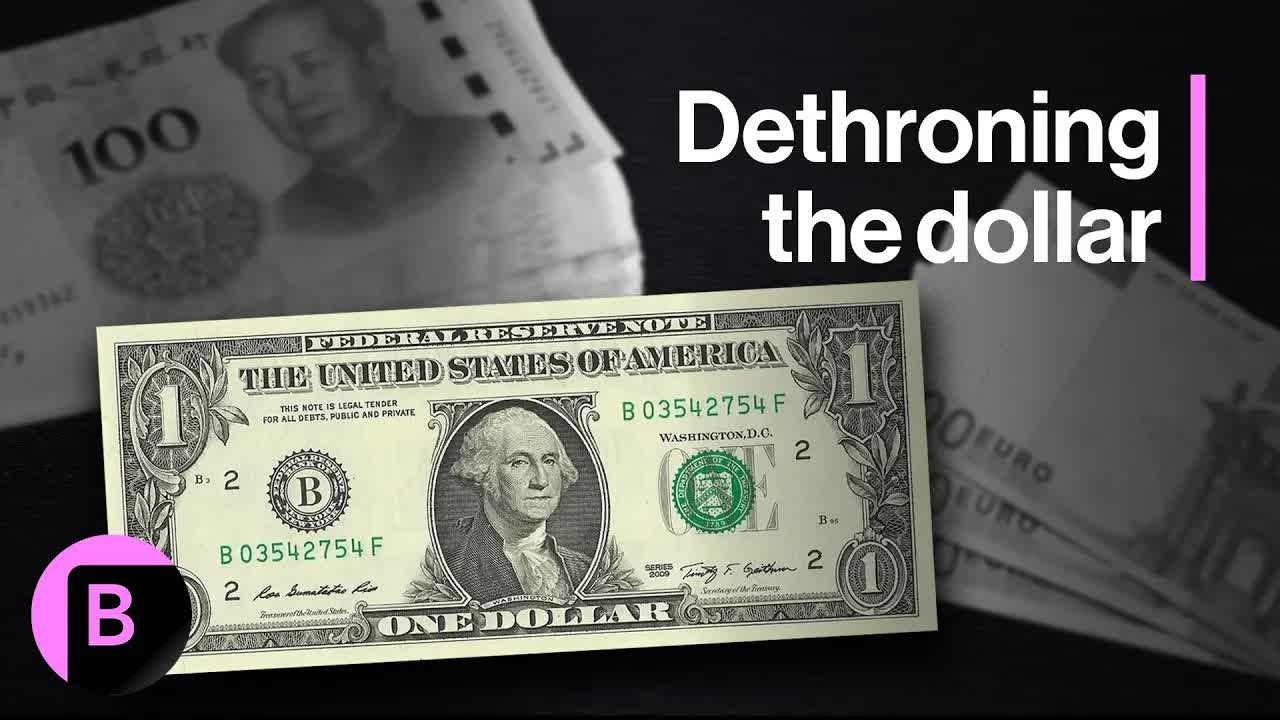Euro Parity With Dollar: A New Call by Currency Analysts
Tuesday, Nov 12, 2024 6:56 am ET
The parity between the Euro and the Dollar has been a much-anticipated event in the currency markets, and it has finally come to pass. On November 12, 2024, the Euro hit parity with the Dollar, a psychological barrier that has significant implications for global trade, investment, and economic stability. This article explores the reasons behind this parity, its implications, and the potential responses from central banks and investors.
The Euro's slide to parity with the Dollar is primarily driven by economic factors. The European economy is grappling with an energy crisis, exacerbated by Russia's war in Ukraine and the resulting loss of Russian oil and natural gas on global markets. This has pushed energy prices higher, driving up inflation and fueling fears of a recession in Europe. In contrast, the US economy appears more robust, with the Federal Reserve well ahead of Europe in tightening monetary policy, attracting investors to the safe haven of the US Dollar.
The parity between the Euro and the Dollar has significant implications for trade and investment. American tourists in Europe will find cheaper hotel and restaurant bills, while European export goods become more competitive on price in the US. However, US companies that do a lot of business in Europe will see their revenue shrink when they bring those earnings back to the US. The weaker Euro also makes it cheaper for European consumers to buy US goods, potentially increasing US exports to Europe. However, the stronger Dollar makes imported goods cheaper in the US, which could help moderate inflation.
The parity between the Euro and the Dollar also has implications for inflation rates and central bank policies. In the US, a strong dollar makes imports cheaper, potentially easing inflation pressures. However, a weak Euro increases import costs for European consumers, driving up inflation. Central banks may respond by adjusting interest rates and monetary policy. The Federal Reserve could slow its rate hikes to support the dollar, while the European Central Bank may accelerate rate increases to combat rising inflation.
The parity between the Euro and the Dollar is a significant development in the global currency landscape, with far-reaching implications for trade, investment, and economic stability. As the situation evolves, investors should closely monitor geopolitical developments and central bank policies, as these factors will continue to shape the global currency landscape and capital flows. The West, in particular, should take notice and consider potential actions to mitigate the risks and capitalize on the opportunities presented by this parity.
The Euro's slide to parity with the Dollar is primarily driven by economic factors. The European economy is grappling with an energy crisis, exacerbated by Russia's war in Ukraine and the resulting loss of Russian oil and natural gas on global markets. This has pushed energy prices higher, driving up inflation and fueling fears of a recession in Europe. In contrast, the US economy appears more robust, with the Federal Reserve well ahead of Europe in tightening monetary policy, attracting investors to the safe haven of the US Dollar.
The parity between the Euro and the Dollar has significant implications for trade and investment. American tourists in Europe will find cheaper hotel and restaurant bills, while European export goods become more competitive on price in the US. However, US companies that do a lot of business in Europe will see their revenue shrink when they bring those earnings back to the US. The weaker Euro also makes it cheaper for European consumers to buy US goods, potentially increasing US exports to Europe. However, the stronger Dollar makes imported goods cheaper in the US, which could help moderate inflation.
AAOI, ACHR, ADXN, AEYE, AFRM...Market Cap
The parity between the Euro and the Dollar also has implications for inflation rates and central bank policies. In the US, a strong dollar makes imports cheaper, potentially easing inflation pressures. However, a weak Euro increases import costs for European consumers, driving up inflation. Central banks may respond by adjusting interest rates and monetary policy. The Federal Reserve could slow its rate hikes to support the dollar, while the European Central Bank may accelerate rate increases to combat rising inflation.
The parity between the Euro and the Dollar is a significant development in the global currency landscape, with far-reaching implications for trade, investment, and economic stability. As the situation evolves, investors should closely monitor geopolitical developments and central bank policies, as these factors will continue to shape the global currency landscape and capital flows. The West, in particular, should take notice and consider potential actions to mitigate the risks and capitalize on the opportunities presented by this parity.

_b905d9341749265671656.jpg)







